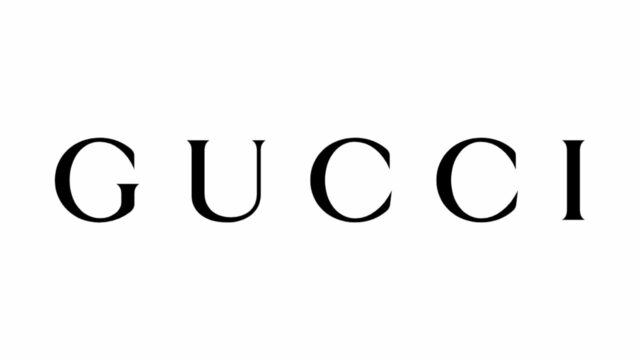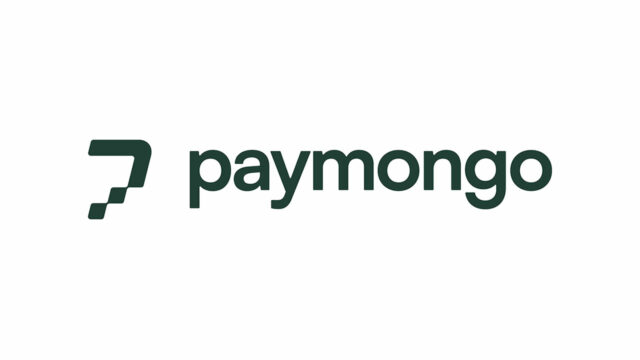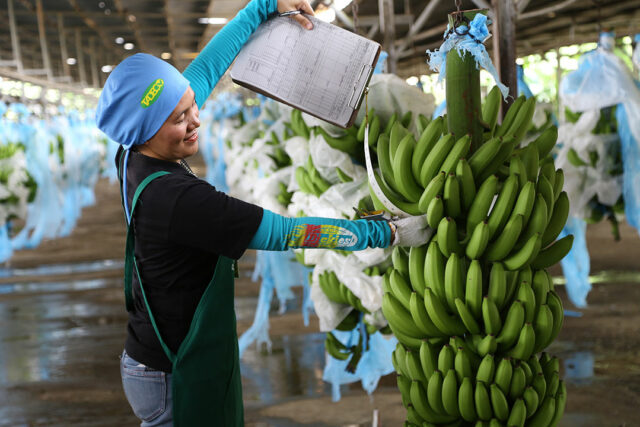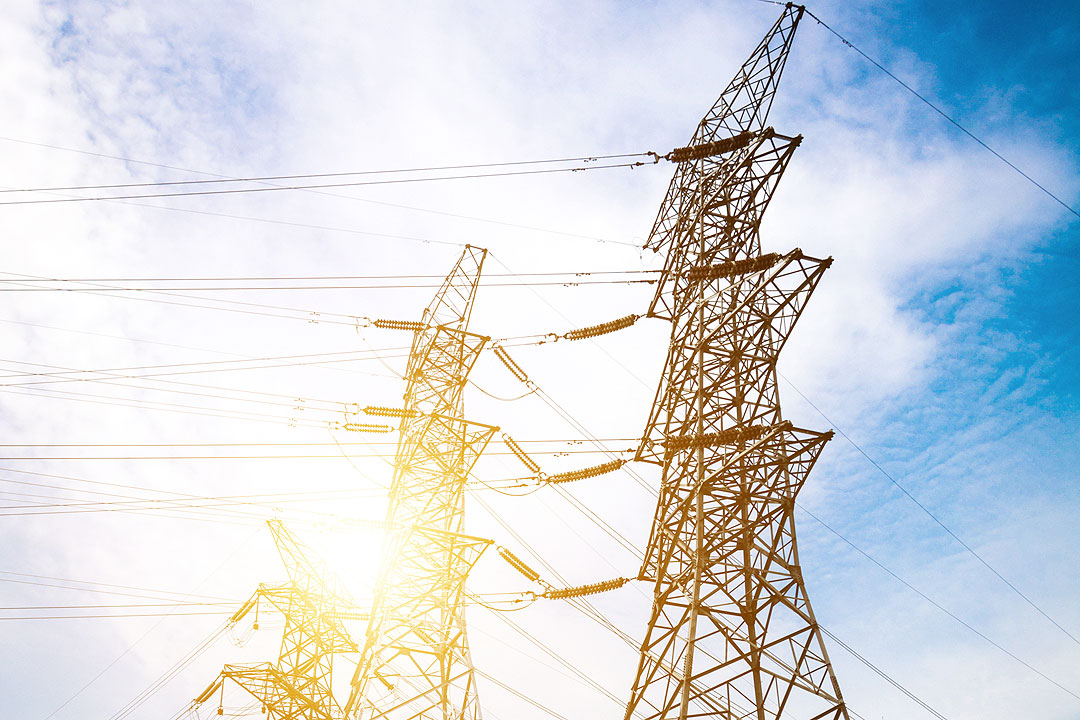YIELDS on government securities (GS) dropped last week after the Bangko Sentral ng Pilipinas signaled a potential policy rate cut at its April meeting.
GS yields which move opposite to prices, went down by an average of 3.11 basis points (bps) at the secondary market last week, based on data from PHP Bloomberg Valuation Service Reference Rates as of March 14 published on the Philippine Dealing System’s website.
Rates for all benchmark tenors ended lower week on week, except for the 10-year Treasury bond (T-bond), which went up 2.04 bps to yield 6.2301%.
At the short end of the curve, yields on 91-, 182-, and 364-day Treasury bills dropped by 2.03 bps, 0.06 bp, and 0.21 bp to 5.2499%, 5.5675%, and 5.7920%, respectively.
The belly of the curve also went down as rates on two-, three-, four, five-, and seven-year T-bonds fell by 5.65 bps (to 5.8041%), 6.97 bps (5.8437%), 6.92 bps (5.8936%), 5.67 bps (5.9525%), and 2.44 bps (6.0781%), respectively.
Lastly, yields on 20- and 25-year bonds declined by 3.06 bps and 3.2 bps to 6.3153% and 6.313%, respectively.
GS volume traded amounted to P22.72 billion on Friday, down from the P27 billion recorded on March 7.
“The curve steepened somewhat [last] week after BSP Governor Eli M. Remolona, Jr. spoke on the possibility of rate cuts at the Monetary Board’s meeting next month. This was probably driven by partly by the favorable inflation print for February,” a bond trader said in a Viber message on Friday.
“Coupled with the cut in RRR (reserve requirement ratios) expected to take effect near the end of March, this should provide some support for local bonds,” the bond trader added.
Mr. Remolona last week said a rate cut is “on the table” at the Monetary Board’s policy meeting next month, which has been rescheduled to April 10 from April 3 previously.
He added that the BSP is still on easing mode and expects to slash benchmark borrowing costs by “a few more times” this year.
The Monetary Board in February unexpectedly paused its rate-cut cycle, which Mr. Remolona said was a “prudent” move amid uncertainty over the trade policies of US President Donald J. Trump and their potential impact on the Philippines.
He earlier said that the central bank will likely continue reducing interest rates by 25 bps at a time, with 50 bps in cuts still on the table this year.
The BSP last year cut benchmark rates by a total of 75 bps via three consecutive 25-bp reductions since it began its easing cycle in August, bringing the policy rate to 5.75%.
Meanwhile, the RRR of of universal and commercial banks and nonbank financial institutions with quasi-banking functions will be reduced by 200 bps to 5% from 7% effective March 28.
The ratio for digital banks will also be trimmed by 150 bps to 2.5%, while that for thrift banks will be cut by 100 bps to 0%.
Rural and cooperative banks’ RRR has been at zero since October last year.
“On the other hand, however, the trade war and policies of US President Donald J. Trump have driven uncertainty in global markets,” the bond trader said. “This will likely continue in the near future and we could see some minor decoupling of local yields, which remain under fundamentally favorable conditions.”
“The potential uncertainty locally could come from the supply side as the market continues to gear up for the BTr’s (Bureau of the Treasury) second-quarter borrowing plan,” the trader added.
Mr. Trump on Thursday threatened to slap a 200% tariff on wine, cognac and other alcohol imports from Europe, opening a new front in a global trade war that has roiled financial markets and raised recession fears, Reuters reported.
Mr. Trump’s threat came in response to a European Union plan to impose tariffs on American whiskey and other products next month — which itself is a reaction to Mr. Trump’s 25% tariffs on steel and aluminum imports that took effect on Wednesday. The European Commission had no immediate comment on the move.
Canada, a neighbor and close ally that is the biggest aluminum provider to the US, has also announced countermeasures to Mr. Trump’s metals tariffs and has taken the dispute to the World Trade Organization. Talks between US and Canadian officials on Thursday failed to produce a breakthrough.
Mr. Trump has threatened to impose an array of trade penalties since returning to the White House in January, though he has postponed action on many of them. At an Oval Office meeting with NATO Secretary-General Mark Rutte later on Thursday, he said he would not back off from reciprocal tariffs he has vowed to impose on all trading partners on April 2.
Mr. Trump says tariffs are needed to revitalize US industries shrunken after decades of globalization, and he has stacked his administration with officials who agree with those views.
Mr. Trump’s barrage of threats has spooked investors, businesses and consumers. Producers of jets, coffee, clothing, autos and packaged foods are among the many businesses scrambling to assess their operations as Trump’s actions threaten international supply chains.
Some economists say the uncertainty threatens the health of the US economy and raises the risk of recession. A Reuters/Ipsos poll released on Wednesday found that 70% of Americans expect Mr. Trump’s tariffs to make regular purchases more expensive. — JPGV with Reuters




















